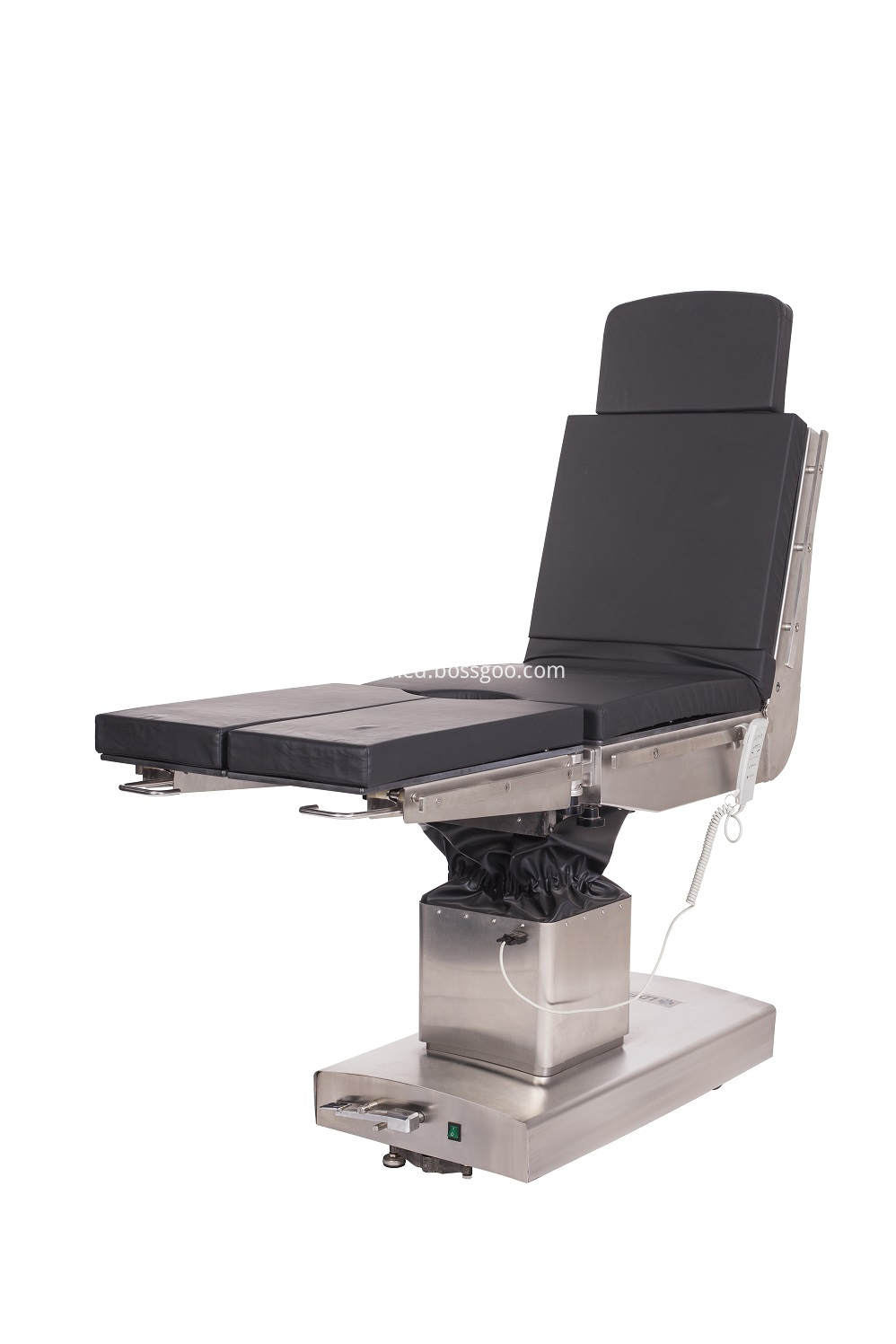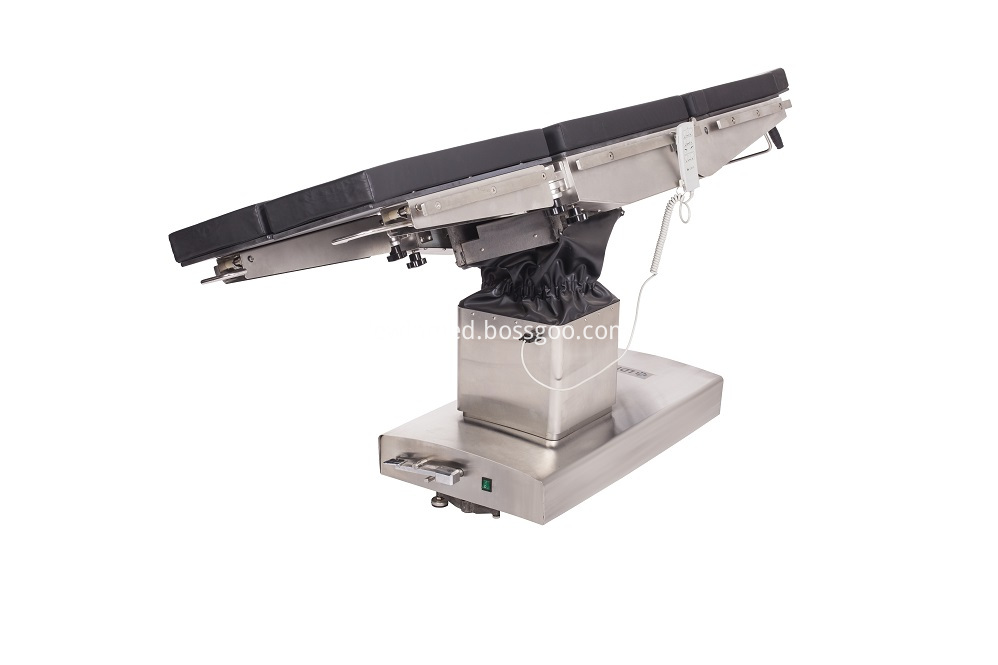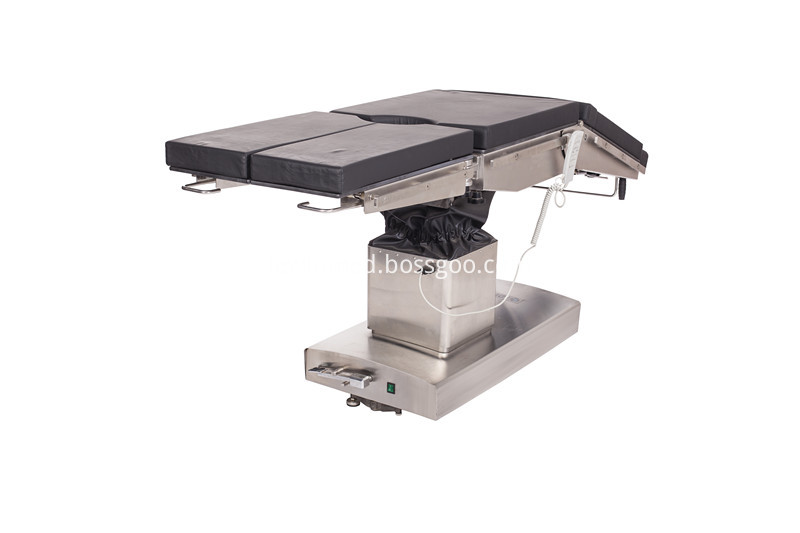Guidelines for Organic Vegetable Planting
2018-06-27 07:00:39
With the continuous improvement of people’s living standards and the enhancement of health care awareness, the demand for non-pollution vegetables from consumers has also been increasing, and organic vegetables are gradually embarking on the consumption tables of some people. The development of organic vegetables has a very broad market prospect and also has a good overall benefit. Organic Vegetable Meaning Organic vegetables refer to the use of chemically synthesized pesticides, fertilizers, herbicides, and growth regulators, as well as genetically engineered organisms and their products, in the production of vegetables, but in accordance with natural laws and ecological principles. A series of sustainable agricultural technologies, coordinate planting balances, maintain the sustainable stability of agricultural ecosystems, and have been certified by organic certification bodies, and issued organic certificates of vegetable products. Production site requirements 1. The base of the base for completeness of the site should be a complete parcel of land, where there can be no plots for conventional production, but organic conversion plots are allowed; there must be a junction between the organic vegetable production base and conventional plots. Obviously marked, such as rivers, hills, artificially set belts, etc. 2. There must be a conversion period Conversion from the conventional production system to organic production usually takes 2 years, after which the vegetables sown after harvesting can be used as organic products; perennial vegetables need to go through 3 years of conversion before harvesting to become organic crops. The start time of the conversion period is calculated from the date of applying for certification from the certification body, and the producer must fully comply with the requirements of organic production during the conversion period. The vegetables grown in the field after one year of organic conversion can be sold as organic converted crops. 3. Establish a buffer zone If some plots in the organic vegetable production base are likely to be affected by pollution from adjacent conventional plots, buffers or physical barriers must be provided between the organic and conventional plots to ensure that the organic plots are not affected by Pollution. Different certification organizations require different lengths of the separation zone. For example, China’s ofdc certification authority requires 8 meters and the German bcs certification authority requires 10 meters. Cultivation management 1. Selection of species should use organic vegetable seeds and seedlings. In the case of unqualified organic vegetable seeds and seedlings (eg, in the initial stage of organic cultivation), non-prohibited substances can be used for treatment. Conventional seeds. Should choose to adapt to the local soil and climate characteristics, and vegetables and varieties resistant to pests and diseases, in the selection of varieties should fully consider the protection of crop genetic diversity. It is forbidden to use any genetically modified seeds. 2. Crop rotation and clean garden organic bases should use at least 3 kinds of crops including legumes or green manure for crop rotation; in areas where only 1 crop of vegetables can be grown in 1 year, the use of legume crops including legume crops is allowed. Crop rotation. After harvesting the former crops, clean the base thoroughly and remove all the sick bodies from the base for destruction or deep burial so as to reduce the number of diseases. 3, supporting cultivation techniques through the cultivation of strong seedlings, grafting for roots, ridge cultivation, plastic film coverage, rational close planting, plant adjustment and other technologies, make full use of light, heat, gas and other conditions to create an environment conducive to the growth of vegetables to achieve High-yield and high-efficiency purposes. Fertilizer use 1. Permissible fertilizer types Organic fertilizers, including animal manure and debris, phytofertilizers, green manures, grass ash, and cake fertilizers; minerals, including potassium ore, phosphate rock, calcium chloride and other substances; It also includes certified organic organic fertilizers and some microbial fertilizers. 2. Harmless Treatment of Fertilizer The organic fertilizer needs to be detoxified 2 months before the application. The fertilizer should be splashed with water, wetted, piled up, covered with plastic film, and fully fermented and decomposed. During the fermentation period, the temperature in the heap is more than 60°C, which can effectively kill the pests and diseases caused by farmyard manure, and the treated fertilizer is easily absorbed and utilized by vegetables. 3. How to use fertilizers (1) Fertilizer amount: The land where organic vegetables are planted should be used for simultaneous application of fertilizers. The use of animal and vegetable fertilizers should be controlled at a ratio of 1:1. Generally, 3000-4000 kg of organic fertilizer is applied per mu, followed by 100 kg of organic fertilizer. (2) Apply base fertilizer: Use 80% of the total amount of fertilizer as base fertilizer, and combine the cultivated land to evenly mix the fertilizer into the tillage layer to facilitate root absorption. (3) Coinciding with topdressing: For plants with high planting density and shallow roots, the top dressing can be topped with fertilizer. When the vegetables grow to 3-4 leaves, the finely-fertilized fertilizers are evenly sprinkled into the vegetable fields and timely. Watering. For the vegetables with a large row spacing and a relatively concentrated root system, apply topdressing with a trench and do not break the root system when you open the trench. For a vegetable with a larger row spacing, open-point fertilizer can be used. Diseases, Insects and Weeds Prevention and Control As organic vegetables are forbidden to use all chemically synthesized pesticides in the production process, products made by genetic engineering technology are prohibited. Therefore, the principle of “prevention first, prevention and control combined†should be adhered to for pests and weeds of organic vegetables. Through the selection of disease-resistant varieties, high temperature disinfection, reasonable fertilizer and water management, rotation, a variety of intercropping, protection of natural enemies and other agricultural and physical measures, integrated pest control and weed control. 1. Disease prevention and control Limes, sulfur, and Bordeaux fluids can be used to prevent and control various diseases of vegetables; copper-containing materials such as copper hydroxide and copper sulfate can be used to control fungal diseases of vegetables; use can be made of soft soaps and phytochemicals. , vinegar, etc. prevent fungal diseases of vegetables; potassium permanganate is a good bactericide, can prevent and cure a variety of diseases; allow the use of microorganisms and their fermentation products to prevent vegetable diseases. 2. Insect pest control promotes the control of insect pests through the release of parasitic and predatory natural enemies (eg Trichogramma, ladybugs, predators, etc.); allows the use of soft soaps, plant-based insecticides, or locally grown plant extractants to control pests Sex attractants can be used in traps and dispensing vessels, allowing the use of visual (such as yellow sticky) and physical trapping facilities (such as insect nets) to control pests; rotenone, pyrethroids, emulsifiers can be used with limited Vegetable oils and diatomaceous earth are used to kill insects; microorganisms and their formulations, such as bacillus, bt preparations, etc., are allowed to be used in a limited manner. 3. Weed control Weeds are controlled through the use of cultivation techniques that limit the growth and development of weeds (such as crop rotation, green manure, fallow, etc.); weeds are used to cover weeds; mechanical and electric weeding are permitted; and genetic engineering products and chemical weeding are prohibited Weeding agent. Source: Southern Rural News
Electric Operating Table Adopt imported TIMOTION electric push rod as the power source for the operation tables. Adopt German imported STABILUS as the power source of the operation beds; Operation beds adopt medical grade 304# full stainless steel materials; Full set of micro electric control system for ot table with low noise, overload protection, safty reliablity; TheElectric Operating Table entire table of operating table can move forward and backward to realize full position C-arm and X-ray radiography;



Electric Operating Table
Electric Operation Table,Electric OT Table,Electric Surgery Table,Electric Surgical Table
Shandong Lewin Medical Equipment Co., Ltd. , http://www.lewinmed.com